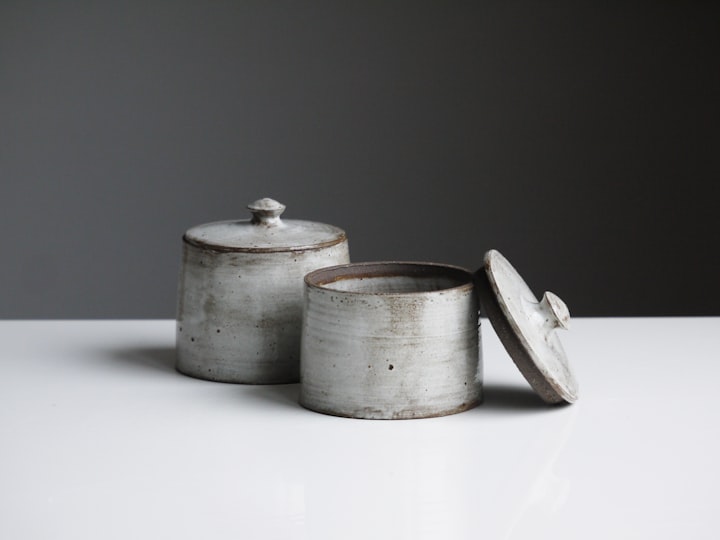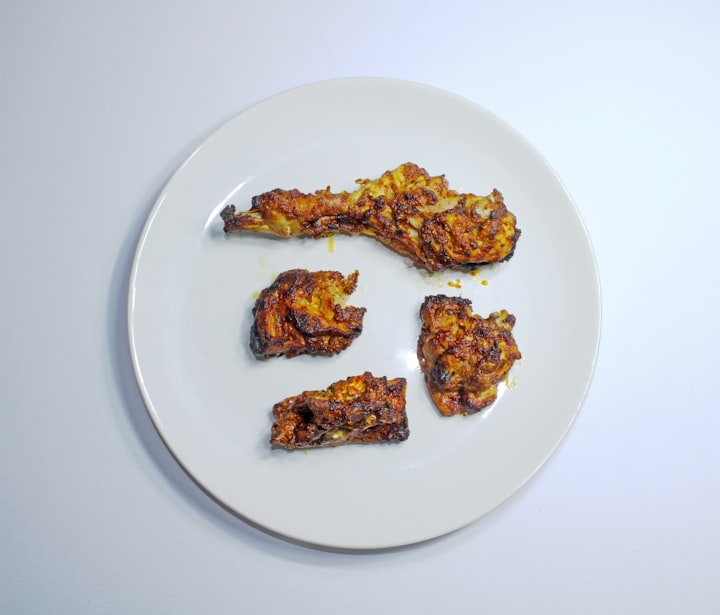How to properly use and maintain antibacterial stainless steel cookware
First of all, the maintenance of antibacterial stainless steel cookware should pay attention to three points.
1、Before using the pots and pans for the first time, wash the pots and pans once with white vinegar and warm, then rinse with hot water and dry inside and outside before using.

2、Don't put acidic or alkaline food for a long time.
3、Don't dry burn the pot for a long time, continuous dry burning will lead to damage to the cookware.
Second, the antibacterial stainless steel cookware heating to pay attention to the method.
Antibacterial stainless steel cookware because it is not easy to clean, plus its material is different from iron pots and pans, so when using, do not follow the thinking of using iron pots and pans, be sure to pay attention to the flame does not exceed the bottom chassis of the pot, so as not to lead to yellowing or blackening of the pot; also do not dry-fire the pot for a long time, which also tends to lead to yellowing of the pot. Try to use medium-low heat when using. Do not worry, qualified antibacterial stainless steel cookware is still relatively good thermal conductivity, and durability, after turning off the heat, a longtime pot is still warm.
Three, antibacterial stainless steel cookware cleaning
Antibacterial stainless steel cookware looks good, but cleaning is a big problem, especially bright cookware is even more so. First wipe with a rag + baking soda + a little hot water, or can somehow slow down the stains, while the damage to the pots and pans is minimal, is currently the best effect of the most civilian approach. Some people worry about whether baking soda will destroy antibacterial stainless steel it will not. The baking soda solution has a pH value below 8.5, which is weakly alkaline. Its particles are soft crystals, hard and human fingernails or gold, wet with water, the angles of the crystals can be dissolved, so as a rubbing agent, then not only can remove the surface of the appliance dirt, but also will not cause harm to pots and pans, then toothpaste, salt is much milder.
It is never recommended to brush with a steel brush, nor is it recommended to wipe with large crystals such as stain removing powder and salt. Especially the highly polished surface of antibacterial stainless steel cookware, wipe over once you find that the pot is clean, but that polished surface is also completely ruined. Do not wash the pot with cold water immediately after each use, so as not to produce a large amount of water mist, so that the cookware is not easy to clean, it is recommended to use warm water to clean, do not use hard and rough materials to rub the outer surface, which will make the surface of the pot strains, with a sponge cloth can be, without strong alkali or strong oxidizing chemicals, such as bleach, sodium hypocrite, etc. for cleaning.
Fourth, on the non-stick function of stainless steel cookware.
Antibacterial stainless steel cookware has a non-stick function, the key is that you need to master the temperature, when the cookware is hot enough, that is, Hen temperature 160-180 degrees, you can achieve the effect of non-stick food. We use antibacterial stainless steel pans to cook vegetables will be sticky, it is not the problem of the pan, but the use of method problems. Prevent antibacterial stainless steel pan sticky pan, there are two better-preheating methods.
The first method: the pan will be placed in the heat source with a medium-high fire (to not exceed the bottom of the pan is appropriate) on the heating for 1 - 2 minutes, a small number of water beads scattered into the pan until the water beads coalesce in the center of the pan fixed immobile, it means that the temperature has been reached. If the water droplets are sucked dry or jump around, the temperature has not yet been reached and needs to continue heating. Once the temperature is reached, turn the heat to medium, pour in the oil, spread the oil in the pan evenly, and you can fry fish or other easy-to-stick food directly.
The second method: (recommended) is: Pour the oil directly into the pan with cold oil, and keep heating until the oil spreads to the sides of the pan, indicating that the temperature in the pan is sufficient, then put the food to cook. However, there is a downside to this approach, which is that the cleaning of pots and pans is more troublesome.
V. Wooden spatulas are best for antibacterial stainless steel cookware
Try to use a wooden spatula, even if the high temperature collides back and forth with the body of the pot, it will not let the cookware scratch.
About the Creator
Mcgrotha Brinker
There are three major principles of academic discipline: broad knowledge, more reading, and diligent experimentation.







Comments
There are no comments for this story
Be the first to respond and start the conversation.